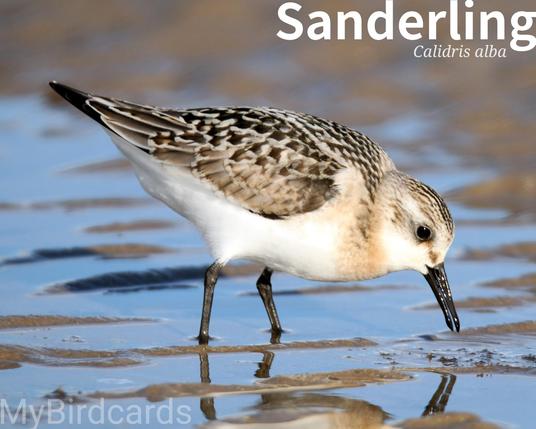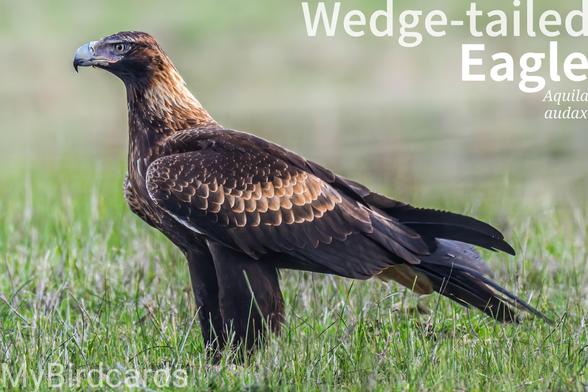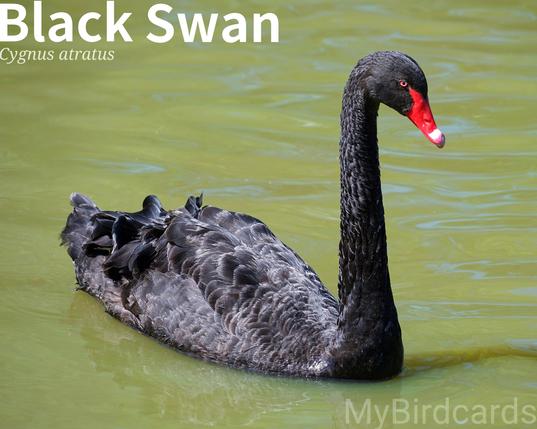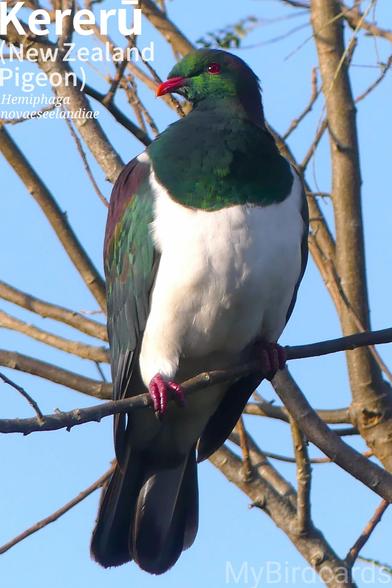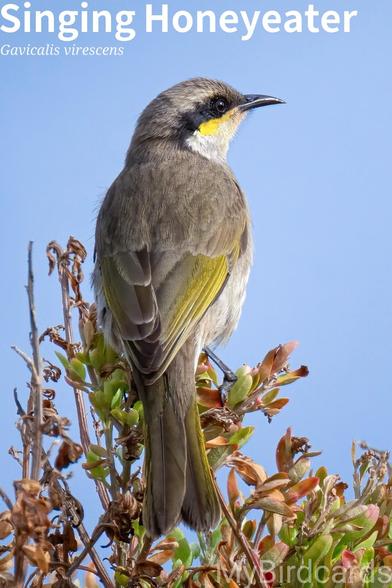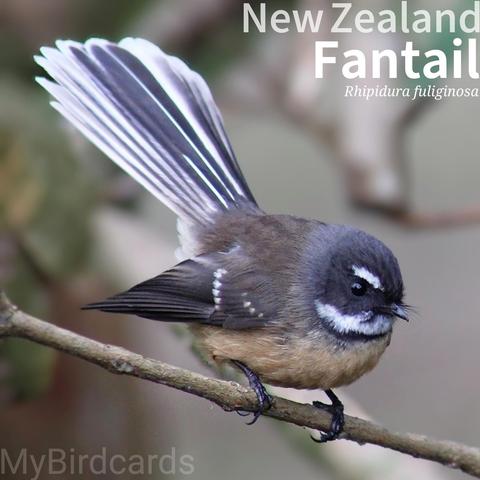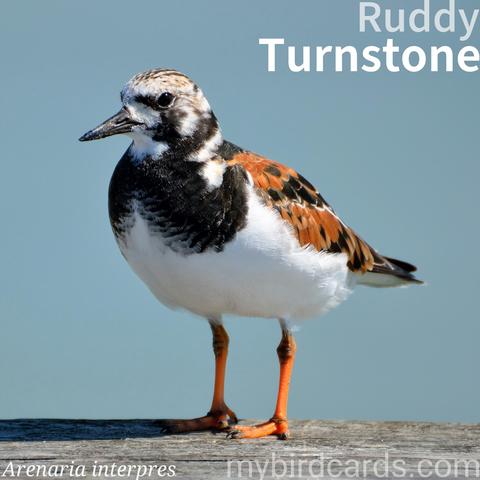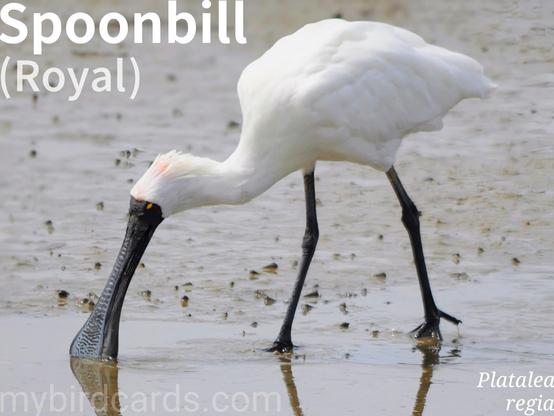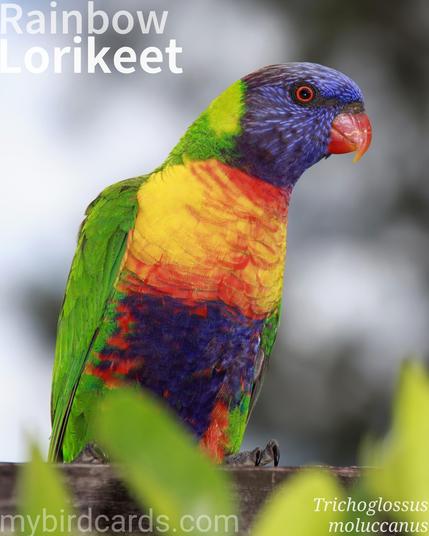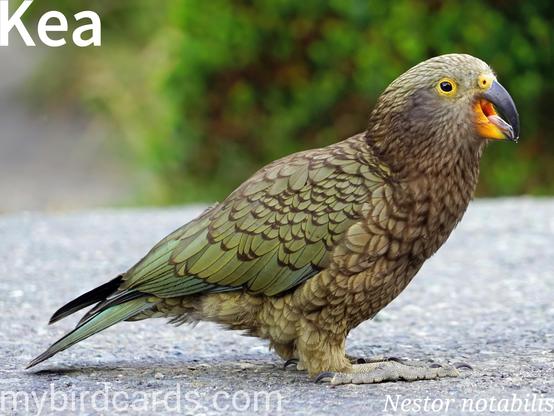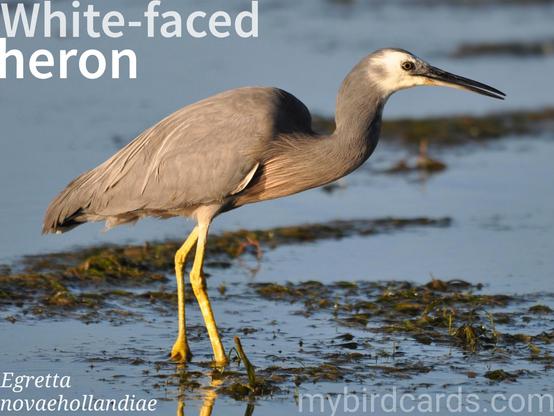🌍🌏🌎 Sanderling (Calidris alba) #CosmopolitanBirds #EurasianBirds #AfricanBirds #AustralasianBirds #NorthAmericanBirds #SouthAmericanBirds | #Sanderling #CalidrisAlba | #Sanderlings #Sandpipers #SandpiperFamily #Shorebirds #Waders 📷: Photo by JacekBen🦉 #MyBirdcards | #birdsoftheworld #birds ❤️🦜
#AustralasianBirds
🌏 Wedge-tailed Eagle (Aquila audax) #AustralianBirds #AustralasianBirds | #WedgeTailedEagle #Eaglehawk #AquilaAudax | #Eagles #TrueEagles #HawkFamily #BirdsOfPrey 📷: Photo by pen_ash🦜 #MyBirdcards #birdsoftheworld #birds
🌏 Black Swan (Cygnus atratus) #AustralianBirds #AustralasianBirds | #BlackSwan #CygnusAtratus | #Swans #DuckFamily #Waterfowl #Waterbirds 📷: Photo by daledbet🦜 #MyBirdcards | #birdsoftheworld #birds
New addition! 🌏 Kererū (Hemiphaga novaeseelandiae) #NewZealandBirds #AustralasianBirds | #Kererū #Kūkupa #NewZealandPigeon #WoodPigeon #HemiphagaNovaeseelandiae | #NewZealandPigeons #WoodPigeons #DoveFamily #Columbidae 📷: Photo by Manubird🦜 #MyBirdcards | #birdsoftheworld #birds
New addition! 🌏 Singing Honeyeater (Gavicalis virescens) #AustralianBirds #AustralasianBirds | #SingingHoneyeater #GavicalisVirescens | #Honeyeaters #HoneyeaterFamily #PerchingBirds 📷: Photo by pen_ash🦜 #MyBirdcards | #birdsoftheworld #birds
🌏 New Zealand Fantail (Rhipidura fuliginosa) #NewZealandBirds #AustralasianBirds | #NewZealandFantail #RhipiduraFuliginosa | #NewZealandFantails #Fantails #FantailFamily #PerchingBirds 📷: Photo by LorryM🦜 #MyBirdcards | #birdsoftheworld #birds
🌏 Blue-winged kookaburra (Dacelo leachii) #AustralasianBirds #AustralianBirds | #BlueWingedKookaburra #DaceloLeachii | #Kookaburras #TreeKingfishers #KingfisherFamily #Coraciiformes 📷: Photo by Gaz_Chapp🦜 #MyBirdcards #birdsoftheworld #birds
🌏 Sahul sunbird (Cinnyris frenatus) #AustralasianBirds #AustralianBirds #AsianBirds | #SahulSunbird #CinnyrisFrenatus | #Sunbirds #SunbirdFamily #SpiderhunterFamily #PerchingBirds 📷: Photo by paislie🦜 #birdsoftheworld #birds
🌍🌏🌎 Ruddy turnstone (Arenaria interpres) #CosmopolitanBirds #EurasianBirds #AfricanBirds #AustralasianBirds #AmericanBirds | #RuddyTurnstone #ArenariaInterpres | #Turnstones #SandpiperFamily #WadingBirds #WaterBirds 📷: Photo by paulbr75🦜 #birdsoftheworld #birds
New addition! 🌏 Royal spoonbill (Platalea regia) #AustralasianBirds #AustralianBirds #AsianBirds | #RoyalSpoonbill #BlackBilledSpoonbill #PlataleaRegia | #Spoonbills #SpoonbillFamily #WadingBirds #WaterBirds 📷: Photo by Manubird🦜 #birdsoftheworld #birds
🌏 Silvereye (Zosterops lateralis) #AustralasianBirds #AustralianBirds #NewZealandBirds #MelanesianBirds | #Silvereye #WaxEye #Tauhou #ZosteropsLateralis | #Silvereyes #TypicalWhiteEyes #WhiteEyes #WhiteEyeFamily #PerchingBirds 📷: Photo by pen_ash🦜 #birdsoftheworld #birds
🌏 Crimson rosella (Platycercus elegans) #AustralasianBirds #AustralianBirds | #CrimsonRosella #PlatycercusElegans | #Rosellas #OldWorldParrots #ParrotFamily #Parrots 📷: Photo by pen_ash🦜 #birdsoftheworld #birds
🌏 Rainbow bee-eater (Merops ornatus) #AustralasianBirds #AustralianBirds #AsianBirds | #RainbowBeeEater #MeropsOrnatus | #BeeEaters #BeeEaterFamily 📷: Photo by Kanenori🦜 #birdsoftheworld #birds
🌏 Rainbow lorikeet (Trichoglossus moluccanus) #AustralianBirds #AustralasianBirds | #RainbowLorikeet #TrichoglossusMoluccanus | #Lorikeets #TrueParrots #Parrots #ParrotFamily | 📷: Photo by Wow_Pho🦜 #birdsoftheworld #birds
🌏 Tawny frogmouth (Podargus strigoides) #AustralasianBirds #AustralianBirds | #TawnyFrogmouth #PodargusStrigoides | #Frogmouths #FrogmouthFamily #Nightbirds 📷: Photo by paislie🦜 #birdsoftheworld #birds
🌏 Eastern osprey (Pandion haliaetus cristatus) #AustralasianBirds #AustralianBirds #AsianBirds | #EasternOsprey #AustralasianOsprey #PandionHaliaetusCristatus #PandionHaliaetus | #Ospreys #OspreyFamily #BirdsOfPrey 📷: Photo by itimlin🦜 #birdsoftheworld #birds
🌏 Kea (Nestor notabilis) #AustralasianBirds #NewZealandBirds | #Kea #NestorNotabilis | #NewZealandParrots #Parrots #ParrotFamily 📷: Photo by Barni1🦜 #birdsoftheworld #birds
🌏 White-faced heron (Egretta novaehollandiae) #AustralasianBirds #AustralianBirds #AsianBirds | #WhiteFacedHeron #WhiteFrontedHeron #EgrettaNovaehollandiae | #Herons #Egrets #HeronFamily #WadingBirds #WaterBirds 📷: Photo by Manubird🦜 #birdsoftheworld #birds
🌏 Sulphur-crested cockatoo (Cacatua galerita) #AustralasianBirds #AustralianBirds #NewGuineanBirds #IndonesianBirds | #SulphurCrestedCockatoo | #WhiteCockatoos #Cockatoos #Parrots #ParrotFamily 📸: Photo by pen_ash🦜 #birdsoftheworld #birds
🌏 Blue-faced honeyeater (Entomyzon cyanotis) #AustralasianBirds #AustralianBirds #NewGuineanBirds | #BlueFacedHoneyeater #Bananabird | #Honeyeaters #HoneyeaterFamily #PerchingBirds 📷: Photo by sandid🦜 #birdsoftheworld #birds
